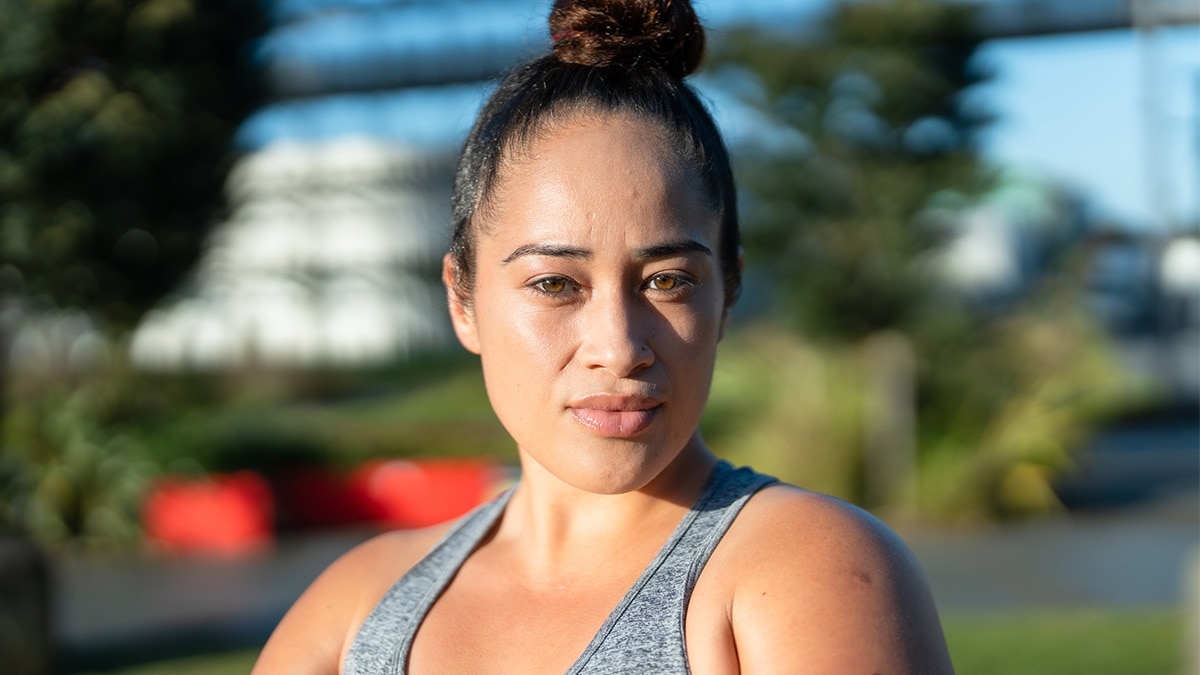Key points
- Health disparities create challenges for specific groups to get the care they need.
- HIV, STDs, viral hepatitis, and tuberculosis affect Native Hawaiians and Other Pacific Islanders (NHOPI) due to health disparities.
What are Health Disparities?

Health disparities are differences in the incidence, prevalence, and mortality of a disease and the related adverse health conditions that exist among specific population groups. These groups may be characterized by gender, age, race or ethnicity, education, income, social class, disability, geographic location, or sexual orientation. These health disparities are one reason why HIV, viral hepatitis, STDs, and TB take a greater toll in one population group over another. Find information about how these diseases affect Native Hawaiian and other Pacific Islander (NHOPI) populations.
Challenges
HIV
In 2018, adult and adolescent Native Hawaiians and Other Pacific Islanders rates of HIV diagnoses per 100,000 population in the United States for both males (25.3) and females (2.1) exceeded their White counterparts (males 9.6, females 1.7).
Sexually Transmitted Diseases (STD)
Chlamydia
In 2018, the rate of reported chlamydia cases among NHOPI was 700.8 cases per 100,000 population. The overall rate of reported chlamydia cases among NHOPI was 3.3 times the rate among Whites and 5.3 times the rate among Asians.
Gonorrhea
In 2018, the rate of reported gonorrhea cases among NHOPI (181.4 cases per 100,000 population) was 2.6 times the rate among Whites. This disparity was similar for NHOPI females (2.6 times the rate among White females) and NHOPI males (2.5 times the rate among White males). The disparity in gonorrhea rates for NHOPI in 2018 was higher in the Midwest than in the West, Northeast, and South.
Primary and Secondary Syphilis
In 2018, the rate of reported P&S syphilis cases among NHOPI was 2.7 times the rate among Whites (16.3 versus 6.0 cases per 100,000 population, respectively). This disparity was greater for NHOPI males (2.8 times the rate among White males) than NHOPI females (1.9 times the rate among White females).
Tuberculosis (TB)
In 2018, 87% of all reported TB cases occurred in racial and ethnic minorities. TB disease was reported in 117 Native Hawaiians and Other Pacific Islanders in the United States, accounting for 1.3% of all people reported with TB nationally. The rate of TB disease in Native Hawaiians and Other Pacific Islanders is 20 cases per 100,000 population, which is 40 times higher than the rate of TB disease in non-Hispanic whites (0.5 cases per 100,000 population). Overall, 9,025 TB cases were reported to CDC from the 50 states and the District of Columbia in 2018.
